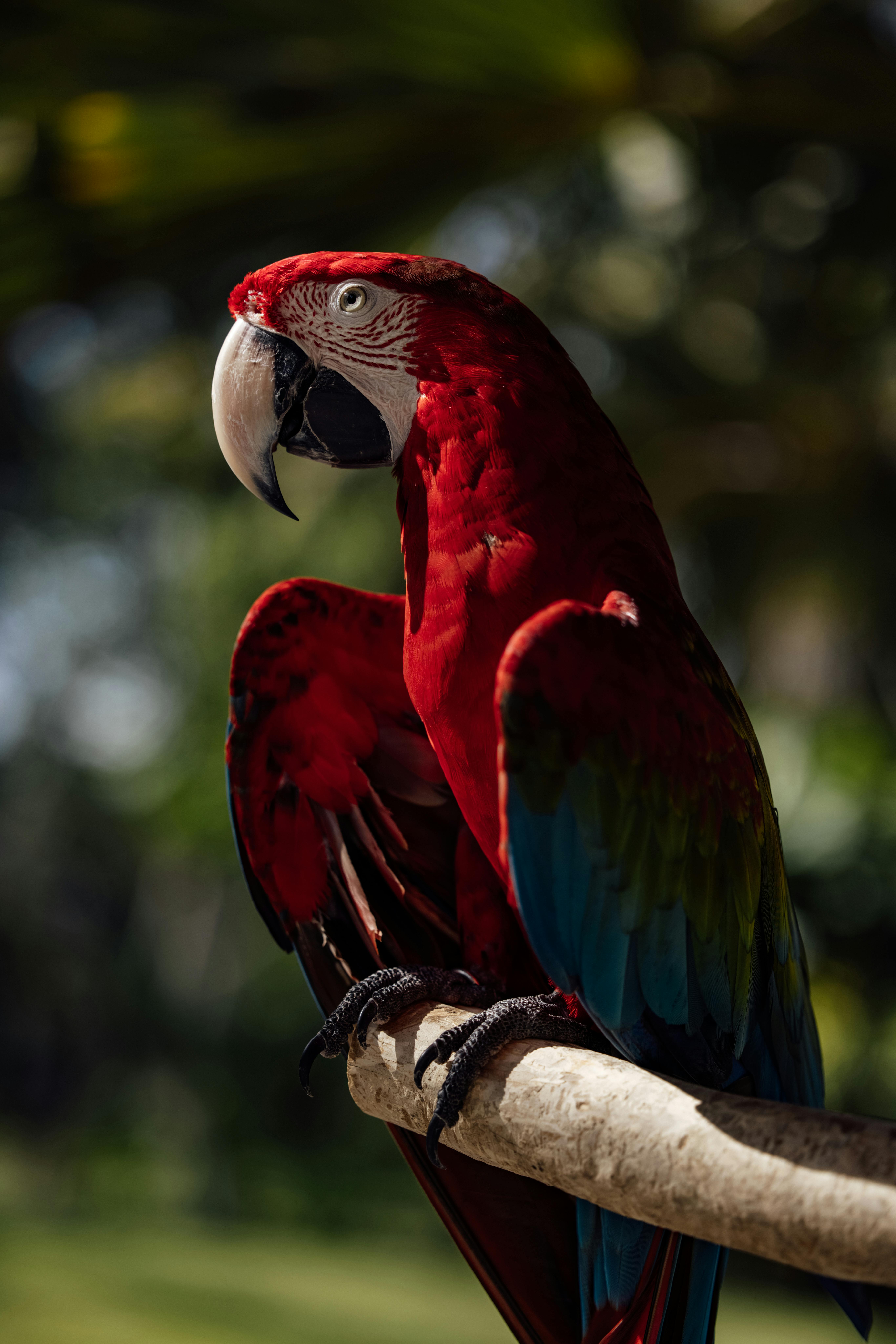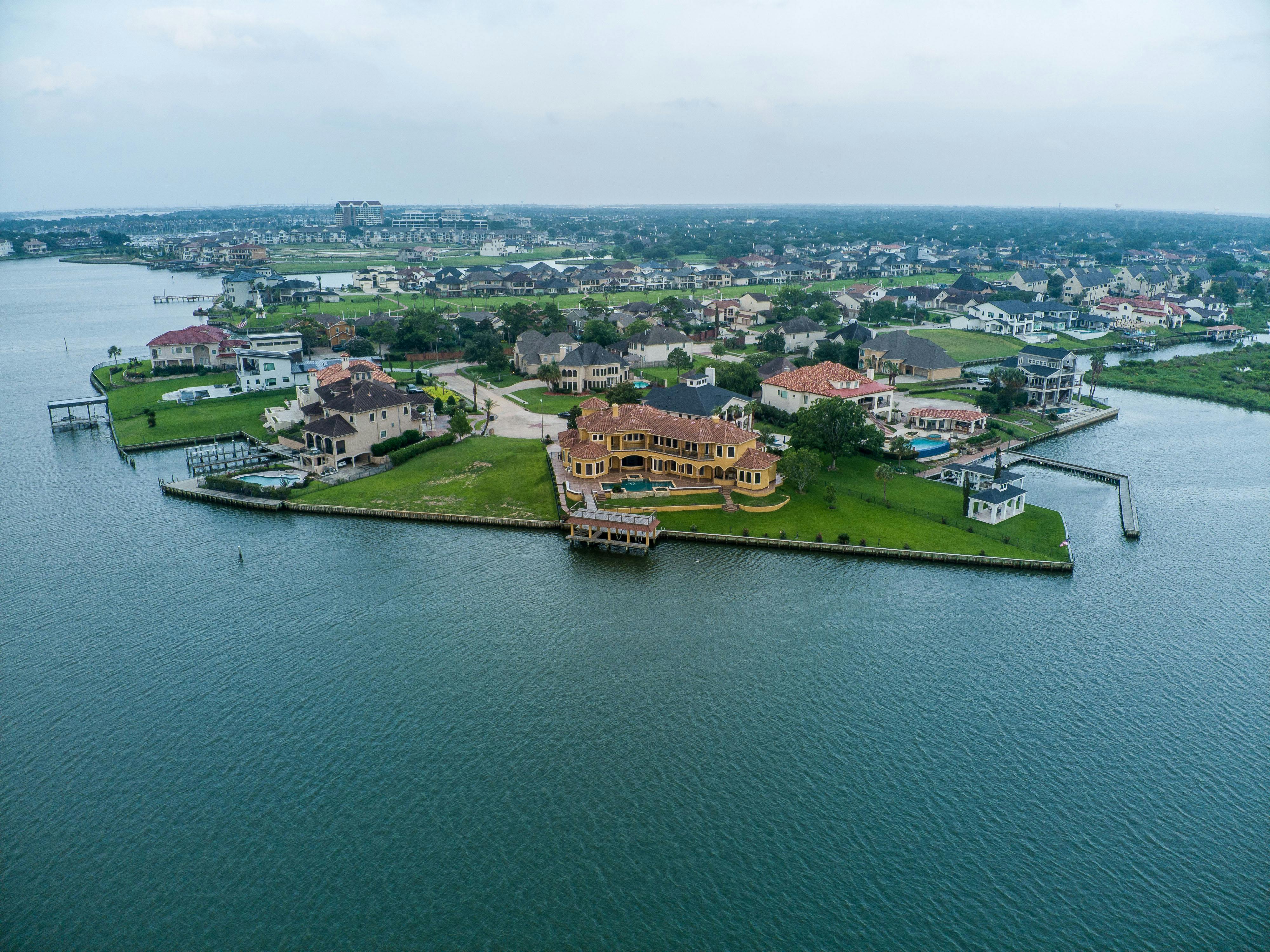
Effective Ways to Optimize Your Shrimp Fish Tank in 2025
Setting up and maintaining a healthy shrimp fish tank is essential for both novice and experienced aquarists. In this comprehensive guide, we will explore the most effective techniques for establishing a thriving freshwater shrimp tank. The popularity of shrimp, particularly species like cherry shrimp and crystal red shrimp, has soared due to their vibrant colors and relatively low maintenance requirements. Understanding the shrimp tank requirements, including shrimp food types, water parameters for shrimp, and optimal shrimp tank filtration systems, is vital for success. This article will not only cover the setup essentials but also delve into advanced care tips, ensuring a flourishing environment for your aquatic pets.
By the end of this article, you will gain insights into effective shrimp tank maintenance techniques, explore suitable shrimp tank mates, and understand the intricacies of breeding shrimp in aquarium settings. Moreover, we will point out common shrimp tank challenges and provide practical solutions to ensure your shrimp live healthy and vibrant lives.
This guide serves as a valuable resource for anyone looking to optimize their shrimp habitat while enjoying the beauty and diversity that these creatures bring to their tanks. Let’s dive in!
Choosing the Best Shrimp for Your Aquarium
When optimizing your shrimp fish tank, selecting the appropriate species plays a fundamental role. Species such as cherry shrimp, crystal red shrimp, and various dwarf shrimp are popular due to their hardiness and vibrant colors.
Types of Shrimp for Aquarium
There’s a diverse array of shrimp varieties suitable for aquariums. Cherry shrimp are often favored for beginners due to their adaptability and stunning colors. Crystal red shrimp are prized for their striking appearance but require slightly more specific water conditions. Understanding the freshwater shrimp characteristics is crucial; consider factors like size, color variations, and temperament when selecting your shrimp.
Best Shrimp for Aquarium
Evaluating the best shrimp for your tank will depend on your goals and the community of aquatic life you wish to maintain. Researching the genetic variety can provide insights into their behaviors and breeding cycles, aiding in developing a thriving ecosystem. Consider factors such as growth rates and ideal tank sizes when choosing species.
Maintaining Body Diversity
Once you’ve selected your shrimp, it's essential to maintain a balanced population. Familiarizing yourself with shrimp population ratios can help avoid overcrowding, which can lead to increased stress and health complications. Additionally, incorporating a variety of shrimp not only enhances aesthetics but also improves the overall health of the tank.
Setting Up Your Shrimp Tank for Success
With the shrimp species selected, the next step is to create an ideal environment in your shrimp tank setup. This involves careful planning of tank size, substrate, filtration options, and decoration that cater to shrimp needs.
Optimal Tank Size for Shrimp
The size of your aquarium significantly affects shrimp well-being. For example, a 10-gallon tank is suitable for beginners and provides ample space for shrimp to thrive. Larger tanks allow for more diverse shrimp communities and reduce waste buildup, which is essential for maintaining water quality.
Best Substrate for Shrimp
Selecting the right substrate is key to creating an optimal habitat. Many aquarists recommend fine gravel or aquatic soil, which promotes beneficial bacteria growth and provides a natural foraging environment for shrimp. Additionally, consider shrimp-safe aquarium plants that flourish in such substrates, adding aesthetic value and improving water quality.
Setting Up the Filtration System
A quality filtration system is crucial for maintaining shrimp water quality. A gentle filter is preferred, as powerful currents can stress shrimp. Sponge filters are excellent choices for shrimp tanks, ensuring adequate water movement while preventing young shrimp from being sucked into the filter. Regular inspection and replacement of filter media will help maintain optimal conditions.
Water Parameters and Temperature Control
Ensuring proper water parameters for shrimp is essential for their health and successful reproduction. The thermodynamic environment mimics their natural habitat, encouraging positive behaviors and minimizing stress levels.
Understanding Shrimp Tank Water Parameters
Critical water parameters include pH balance, hardness, and ammonia/nitrite levels. Ideally, shrimp thrive in pH levels of 6.5 to 7.5, while water hardness should remain between 4-12 dGH. Conduct regular water tests to monitor these levels, and make necessary adjustments promptly.
Optimal Shrimp Aquarium Temperature
Maintaining stable temperatures is also crucial. Most freshwater shrimp prefer temperatures between 72°F and 78°F. Consider using a reliable shrimp tank heater if your home experiences significant temperature fluctuations. Ensure you place the heater carefully to avoid creating hot spots in the tank.
Implementing Advanced Water Quality Management
Beyond basic parameters, understanding the nitrogen cycle is essential for shrimp health. Regular water changes and using conditioner can help maintain optimal shrimp tank water parameters while controlling nitrates. Work towards achieving a balanced ecosystem that supports both shrimp and plants.
Decorating the Shrimp Tank Effectively
A well-decorated shrimp tank enhances the natural habitat, providing hiding spots and foraging opportunities. Focus on creating a vibrant underwater landscape while ensuring shrimp safety.
Implementing Shrimp Tank Aquascaping Techniques
Utilizing driftwood, rocks, and plants can create dynamic and engaging environments for shrimp. Apply shrimp tank aquascaping techniques, opting for gentle slopes and various heights, to encourage shrimp natural behaviors. Ensure decor pieces are aquarium-safe and free from harmful residues.
Choosing the Right Shrimp Plants
Incorporate shrimp aquarium plants that provide cover and food sources. Anubias and Java Moss are popular choices due to their durability and capacity to support baby shrimp. This vegetation aids in both structural diversity and water filtration.
Designing for Safety and Comfort
Safety is paramount; ensure that all decorations have no sharp edges that could harm shrimp. Additionally, avoid oversized decor that might be intimidating or stressful for your inhabitants. Creating multiple hiding spots encourages comfort and lessens competition in tank dynamics.
Feeding and Breeding Your Shrimp
Properly feeding shrimp and facilitating breeding represent critical components of shrimp care. Efficient feeding strategies foster healthy growth while promoting successful reproduction.
Providing Nutritional Shrimp Food Options
A balanced diet for shrimp should include specialized shrimp food for fish tank, along with natural feed such as blanched vegetables or algae wafers. Each shrimp species may have specific nutritional needs, requiring diverse options in the food pantry.
Breeding Shrimp Techniques
To breed shrimp effectively, create a stress-free environment and maintain optimal water conditions. Monitor temperature and food availability to trigger breeding behaviors. For engaged aquarists, consider setting up a dedicated shrimp breeding tank setup, ensuring the perfect conditions for nurturing shrimp fry.
Shrimp Tank Maintenance and Troubleshooting
Maintaining the shrimp tank requires regular monitoring and proactive measures against common issues. Implement a maintenance schedule to inspect water quality, clean substrates, and identify any signs of distress among your shrimp. Having a checklist for potential problems will aid in troubleshooting efficiently.
Common Shrimp Tank Problems and Solutions
Despite optimal setups, issues may arise in shrimp tanks. Addressing these promptly helps to prevent significant setbacks.
Addressing Shrimp Tank Algae Control
Algae growth can detract from your shrimp tank’s beauty and affect water quality. Regular water changes and maintaining a balanced light cycle are among the best solutions for managing algae. Incorporating algae-eating shrimp can further control excessive growth.
Identifying and Treating Common Shrimp Diseases
Common shrimp diseases such as bacterial infections or molting issues often stem from poor water quality or stress. Observing feeding habits, growth rates, and overall shrimp behaviors can serve as indicators for health monitoring. Responding quickly to any signs of illness is crucial for maintaining your shrimp population.
Managing Shrimp Tank Temperature Fluctuations
Temperature fluctuations can lead to stress and fatalities within shrimp populations. To mitigate this, avoid placing the tank in direct sunlight or near drafty windows. Consistently monitor temperature using reliable thermometers, adjusting heaters when necessary to maintain stability.
Conclusion
In conclusion, optimizing your shrimp fish tank in 2025 involves a combination of thoughtful planning, consistent care, and effective troubleshooting. Selecting the right shrimp species, setting up an appropriate environment, managing water parameters, and ensuring proper nutritional support can lead to a thriving shrimp community. By embracing comprehensive care tips and remaining vigilant about tank conditions, you can enjoy the vibrant beauty and fascinating behaviors that shrimp bring to your aquarium.
Ultimately, the responsibility of maintaining a healthy shrimp habitat falls on the aquarist. With the guidance provided, you are well-equipped to create and sustain a flourishing shrimp tank, elevating your aquarium experience to new heights.

